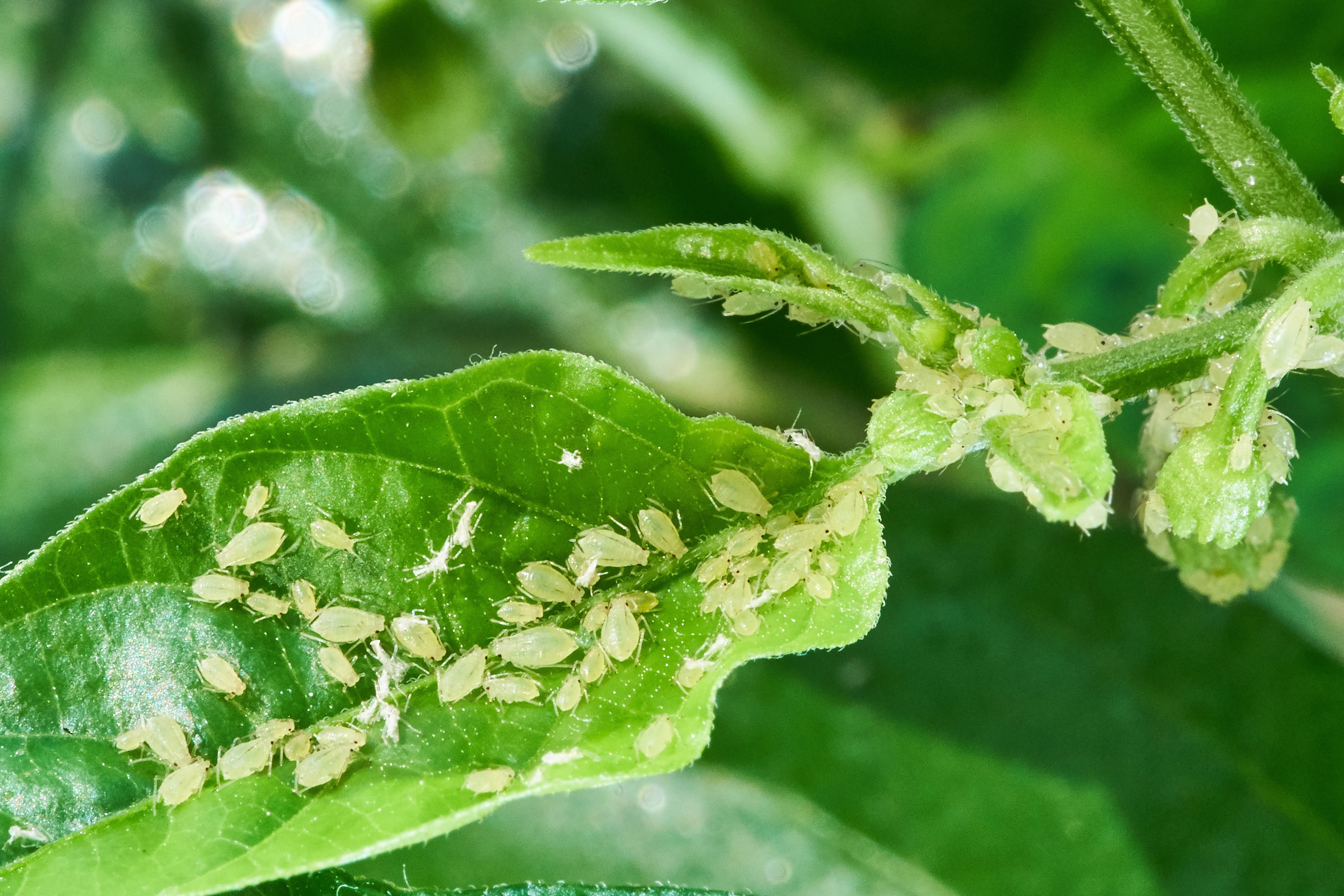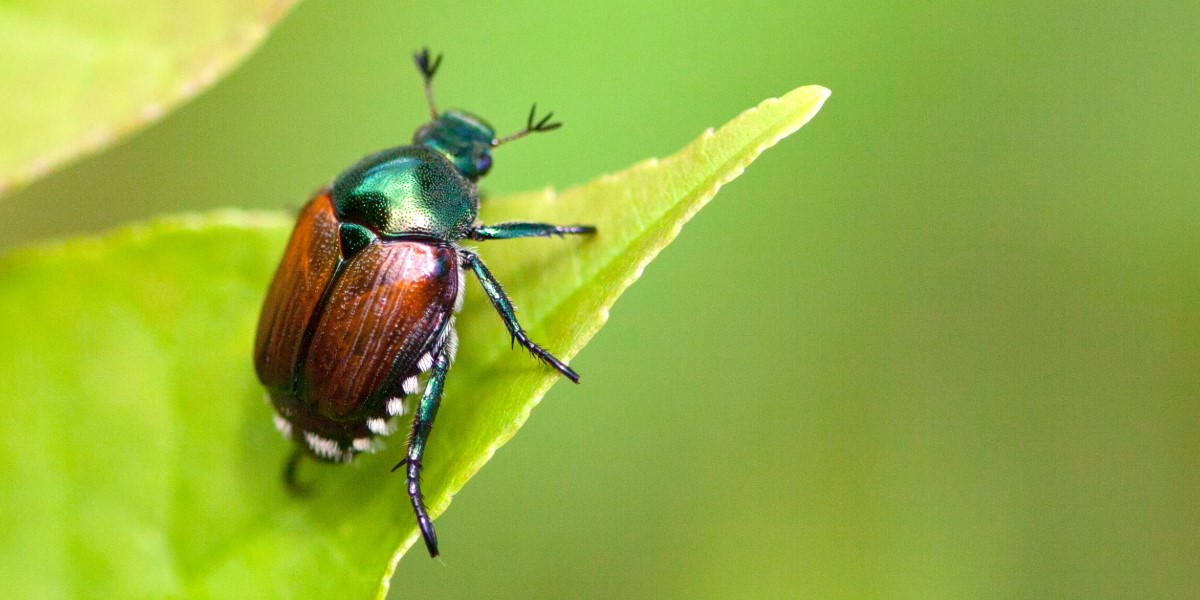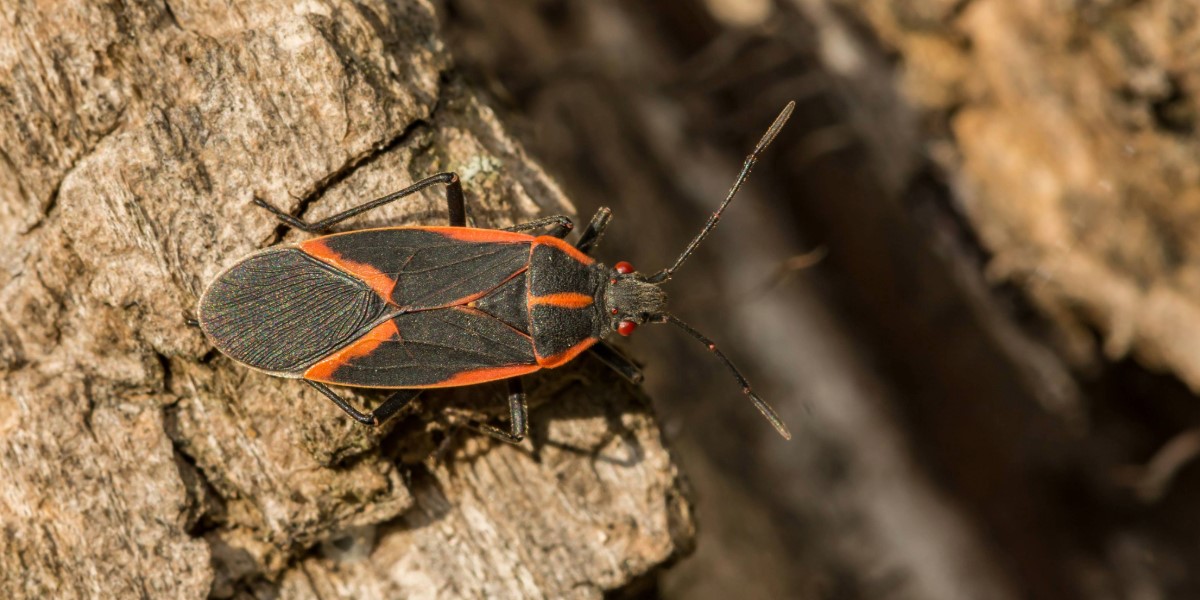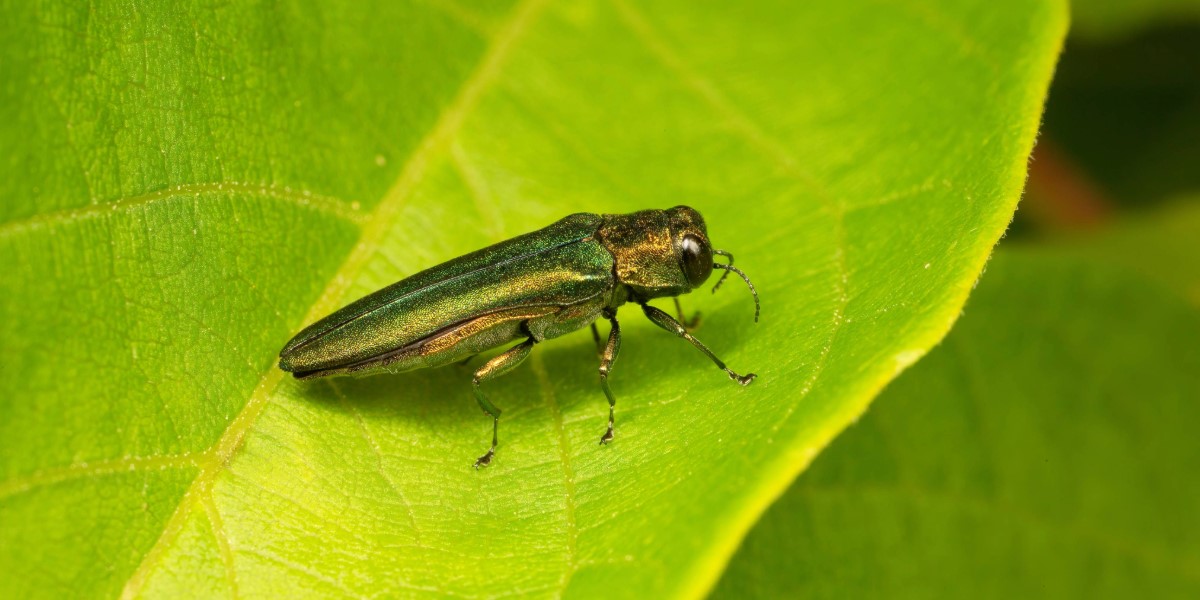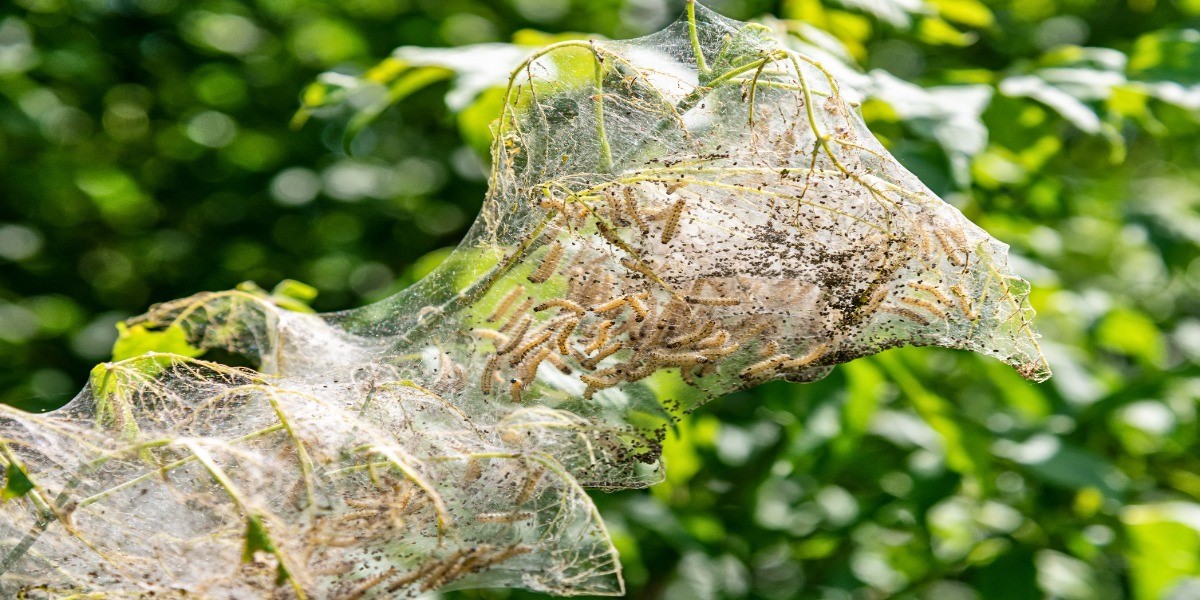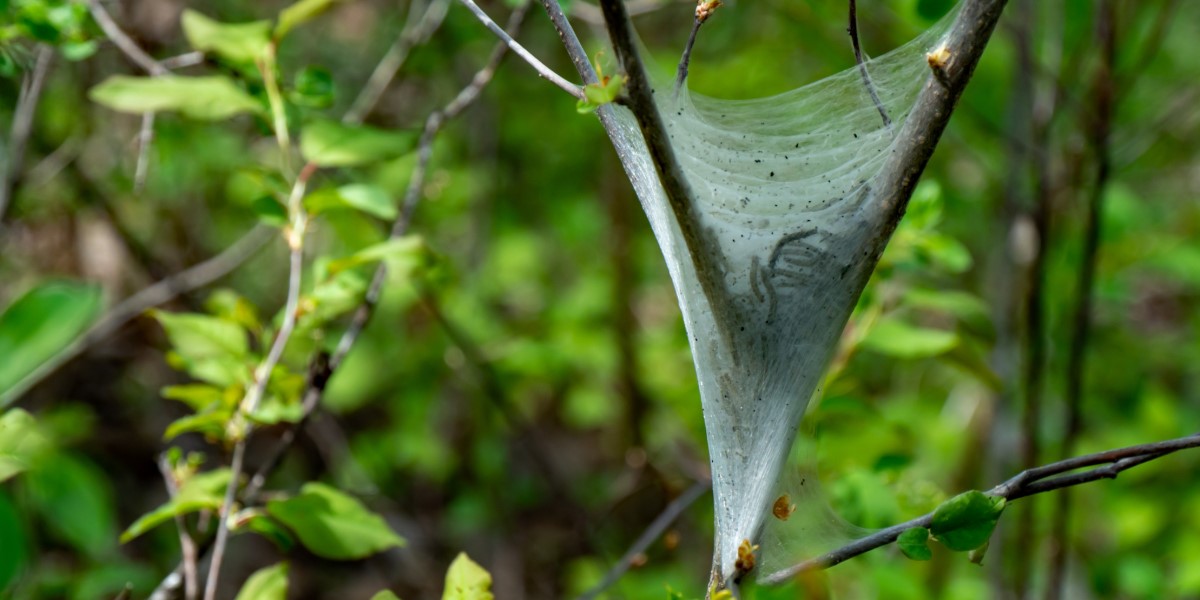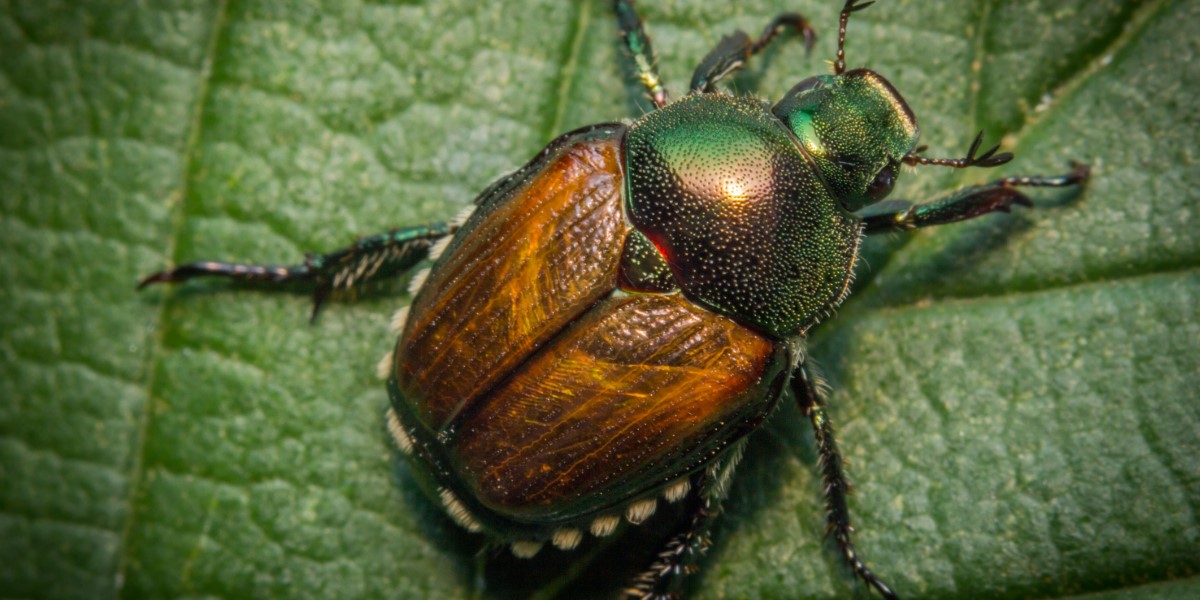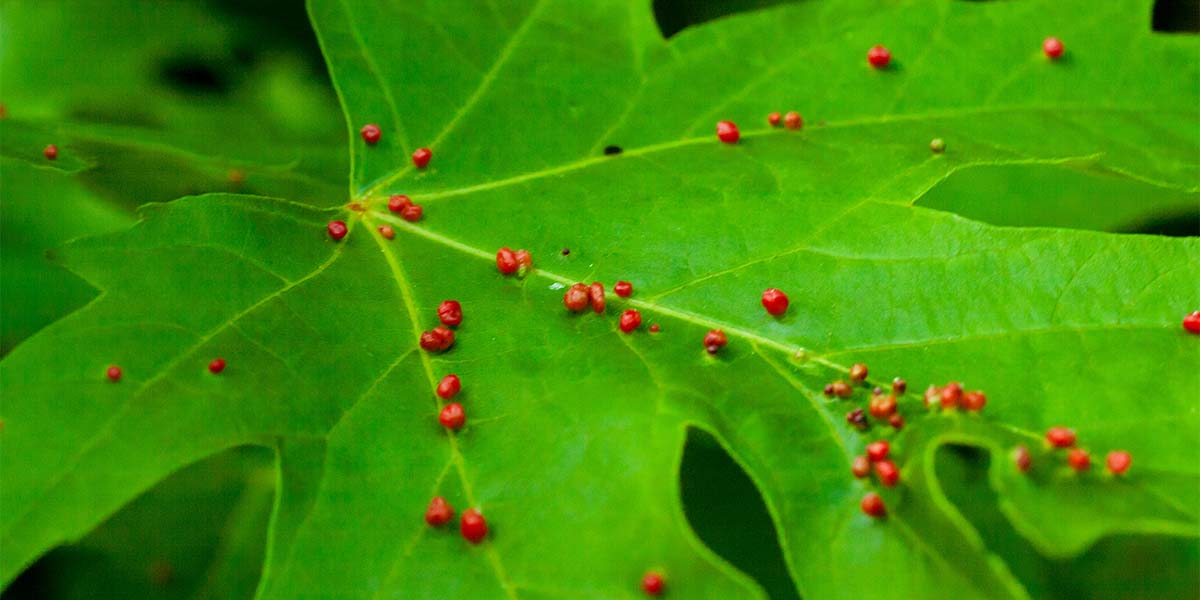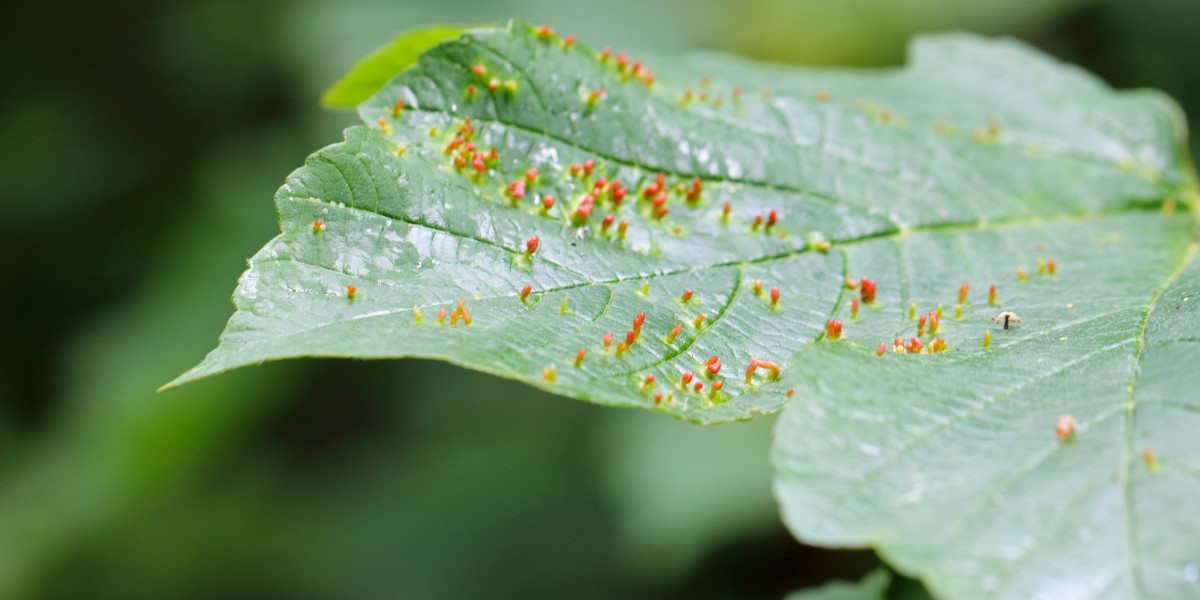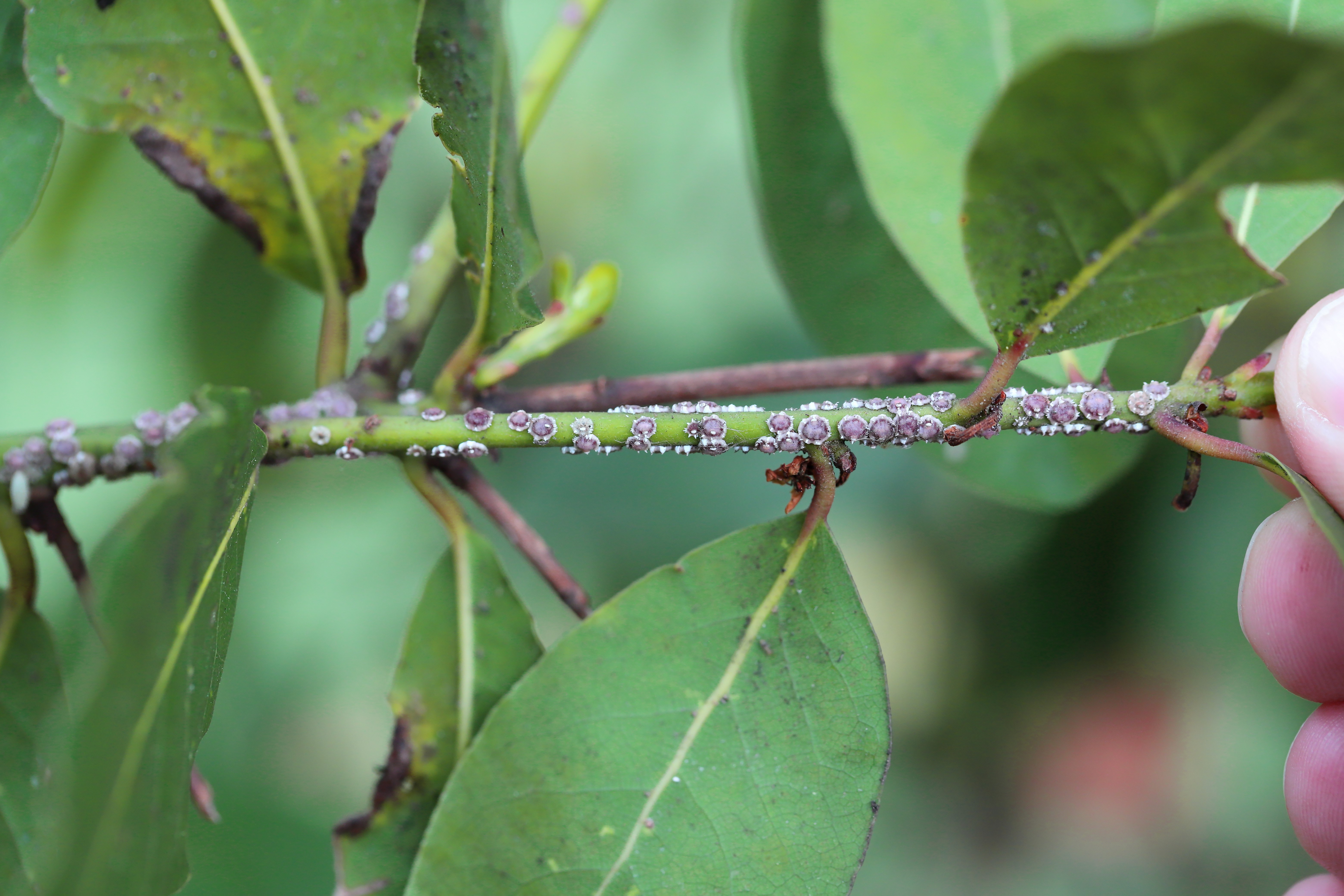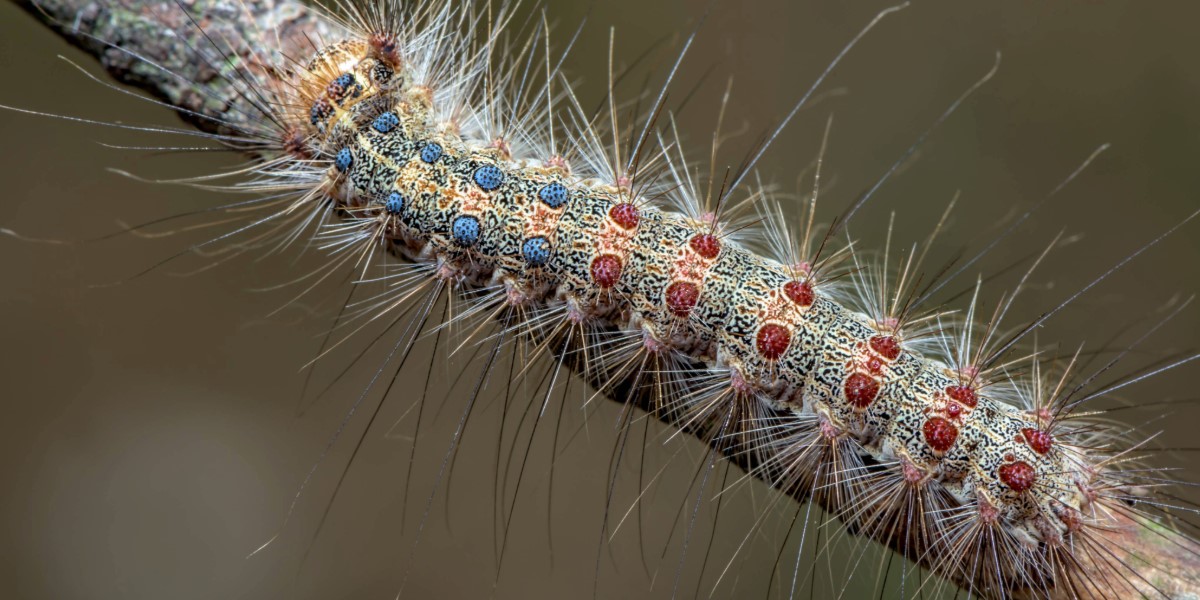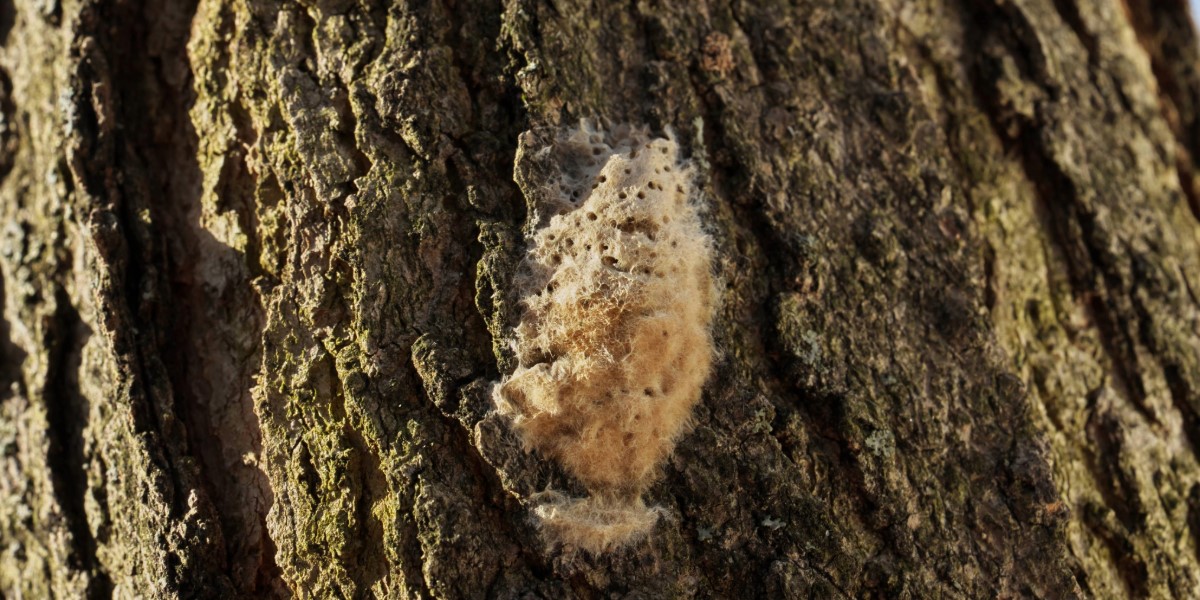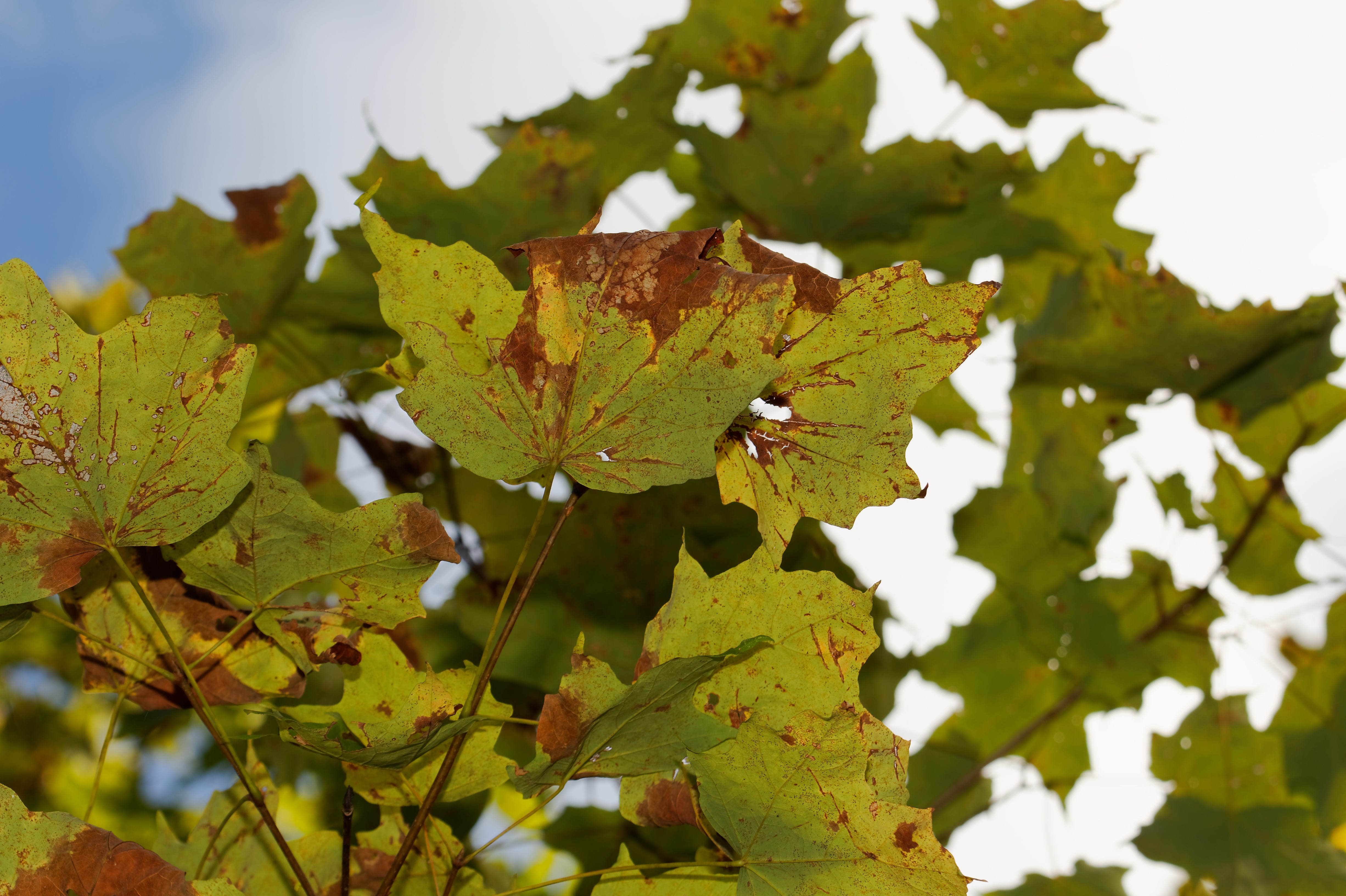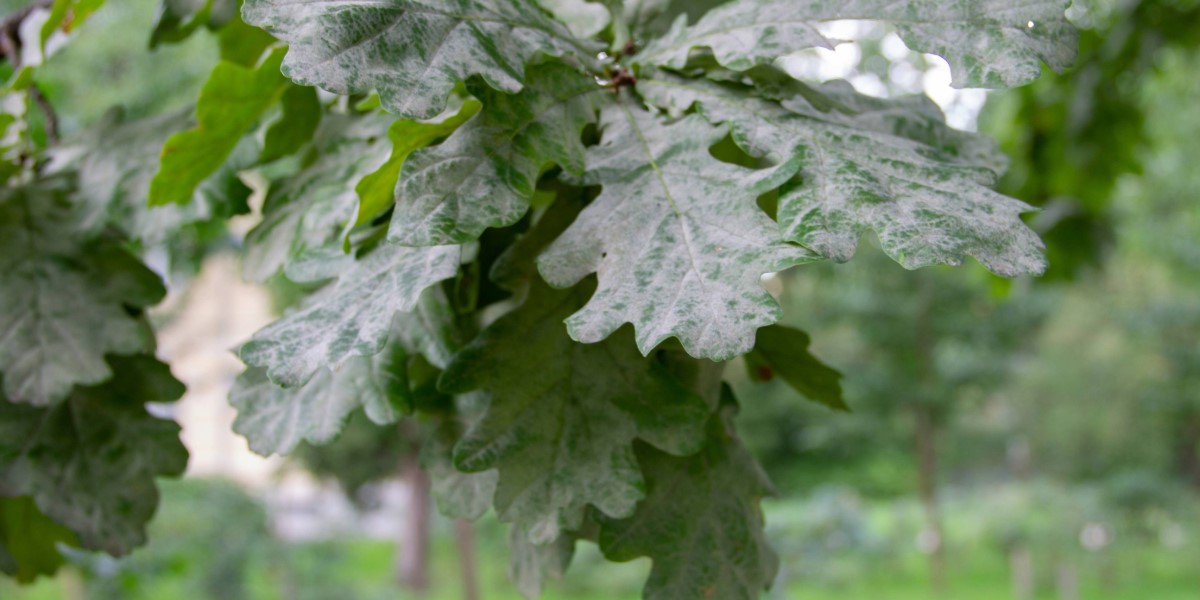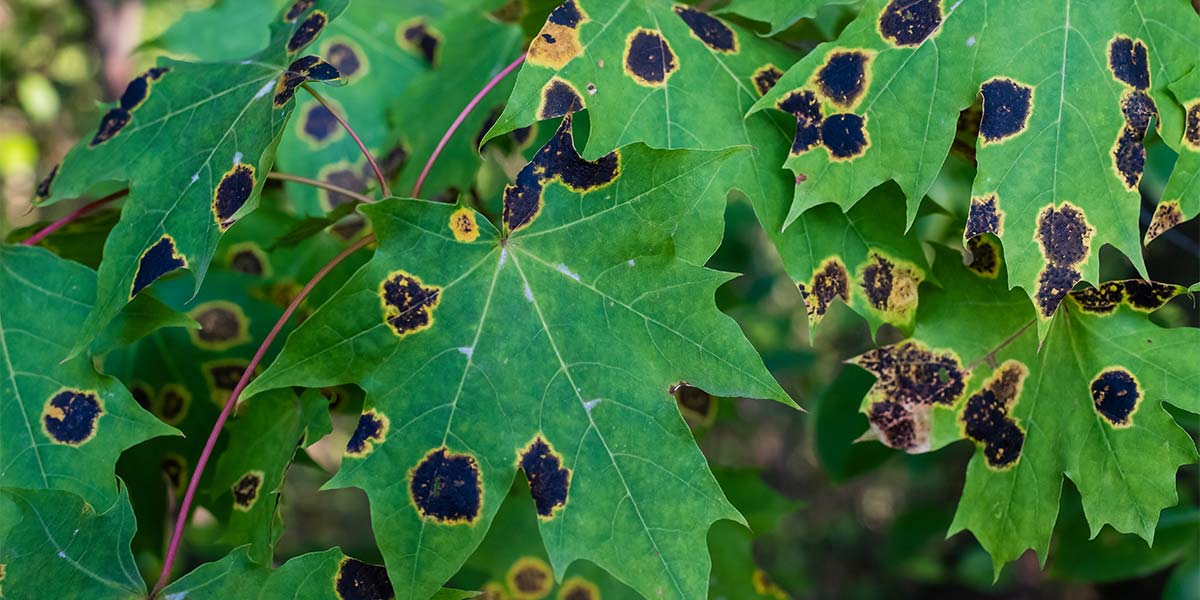The spongy moth is an invasive insect originally from Europe that arrived in Ontario in 1969. These visitors can munch on the leaves of most hardwood trees in your yard. The spongy moth is considered cyclical in Ontario because its population naturally rises and falls over time. Every 7 to 10 years, outbreaks occur, leading to severe tree defoliation. After a few years of high numbers, natural factors like predators, disease, and food shortages cause the population to crash, staying low until the next outbreak.
What do they look like?
Spongy moth caterpillars can grow from 5 to 60 millimeters long and are covered in dark hairs. Look for five pairs of blue dots and six pairs of red dots along their back to identify them.
Spongy Moths in Whitby:
These pests were found in our area in 2020. Outbreaks typically last 2-5 years before natural controls like disease and predators kick in and reduce their numbers.
Should I be worried?
Healthy trees can usually bounce back from a spongy moth attack, even after a few years of heavy defoliation (leaf loss). New leaves should grow back within 2-3 weeks or by early July, depending on the year.
What's the Town doing?
The Town of Whitby keeps a close eye on spongy moth outbreaks, which are cyclical (every 7-10 years).
What can you do for your privately owned trees?
There are a few ways to help manage spongy moth populations on your own property:
-
Handpick Caterpillars (May to July): This is most effective for small trees and shrubs. Gently shake the branches to dislodge caterpillars, then collect them by hand while wearing gloves.
- Dispose of them in soapy water.
-
Burlap Banding (May to September): Once caterpillars reach about an inch long (mid-June), they'll climb down the trunk to hide.
- Wrap burlap cloth around the trunk and secure it with twine.
- Create an overhang where caterpillars can hide during the day.
- Check the trap daily and remove any hiding caterpillars, disposing of them in soapy water.
-
Egg Mass Removal (August to May): Look for spongy moth egg masses on tree bark and scrape them off.
- Use a tool like a butter knife and place the egg masses in soapy water to destroy them.
- Be careful when working at heights, especially with ladders.
- Watch this video to see how it's done.
If spongy moth are causing serious problems for your trees, consider calling a certified arborist. They can assess the situation and recommend additional treatment options.
